Walking along the narrow alleys of Kotor feels like stepping into a storybook. This small town, squeezed between steep mountains and a deep blue bay, is full of life and secrets. Kotor, Montenegro, is famous for its old walls and castles, but there is more than just sightseeing here. The smells, sounds, and tastes create a rich experience that visitors often miss if they only follow a guidebook. Let’s wander together through Kotor’s heart and learn why it keeps charming people from all over the world.
Table of Contents

Historic Walls and Castles Around Kotor Bay
Kotor’s most famous sight is its old city walls. These walls climb up the rocky hill behind the town, winding like a dragon in stone. If you are feeling energetic, climb the narrow stone steps to the top-about 1,350 feet above the bay. The view is incredible: red rooftops, shiny water, and the green mountains stretching around. You might spot old cannons pointing out to sea-reminders of the town’s past battles and defense against pirates.

Inside the city walls, medieval buildings lean against each other in a cozy maze. The 12th-century St. Tryphon Cathedral is a quiet place to reflect on Kotor’s history. Nearby, the Maritime Museum tells stories of sailors, shipbuilders, and fishermen who once lived here. Did you know this town was part of the Venetian Republic? Its architecture and art still carry Venetian touches, blending with Balkan culture in a way that feels alive, not just old.
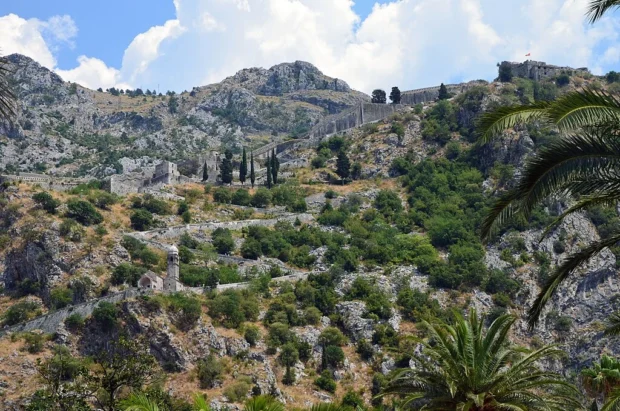
Following the Rhythm of Kotor’s Markets and Cafes
Mornings in Kotor are special. The local markets, especially near the Clock Tower, fill with colors and chatter. Farmers bring fresh vegetables, cheese, and honey. The smell of ripe figs and spices mixes with fresh sea air. Don’t rush; take your time to watch how locals pick their food. You might hear the sharp calls of vendors offering olives or homemade sausage.

When hunger strikes, head to one of the small cafes scattered around old squares. Try “pršut” (dry-cured ham), paired with a piece of soft cheese and some crusty bread. Each bite tells a story of local hills and salty breezes. For something warm, “riblja čorba”-a fish soup-is hearty and comforting, especially on cooler evenings.

Getting Around Kotor: Walking and Boats
Kotor is best enjoyed on foot. Cars cannot squeeze well inside the old city, and you might find yourself stuck in tiny lanes that seem made for mules, not engines. Walking is slow but rewarding: every corner offers a new detail, a flowerpot, a fresco, or a laughing child playing with cats.
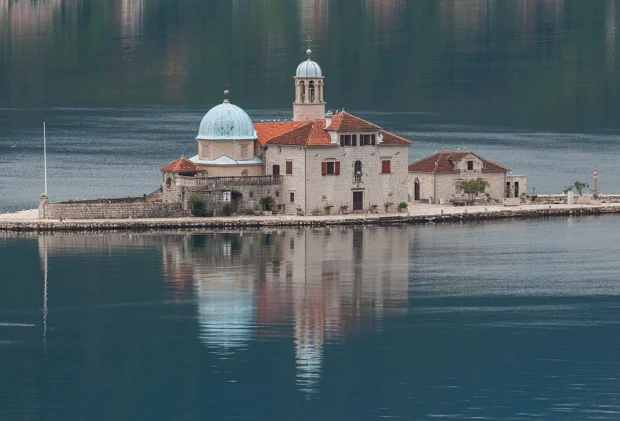
If you want to see the bay from another angle, local boats offer rides to nearby Perast or the small island of Our Lady of the Rocks. The boatmen, often fishermen by trade, tell stories as they row, mixing local history with jokes that only last for a moment but make you smile long after. The nearby Tivat airport connects the town to bigger cities, and a single bus ride can bring you to Kotor’s center, where your exploration really begins.

Living with Kotor’s Customs and Community
Kotor welcomes visitors warmly, but some simple customs help you fit in better. When entering churches, it’s polite to cover your shoulders and knees. Montenegrins love conversation-don’t be shy to say hello or ask for directions, even if your language skills are limited. A friendly smile and a few words in Montenegrin can go far.
For a coastal experience with historic walls and unique sea sounds, the city of Zadar in Croatia offers a charming contrast to Kotor’s landscapes.
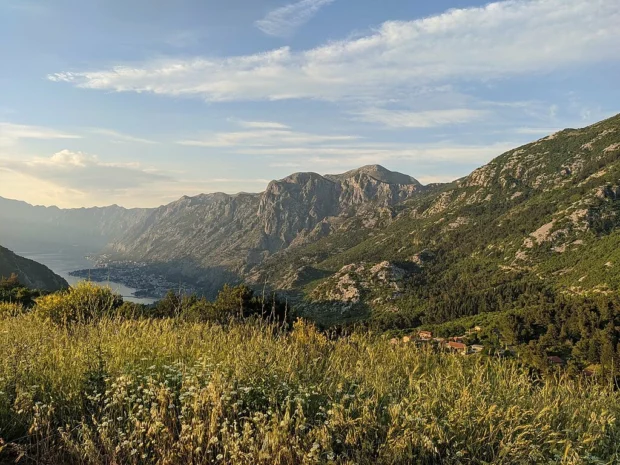
One little thing you might notice: Montenegrins enjoy their time. Shops might close for a few hours in the afternoon, and life slows during the hottest time of day. It’s a good moment for an espresso and people-watching. Don’t rush; Kotor’s pace invites you to slow down too.
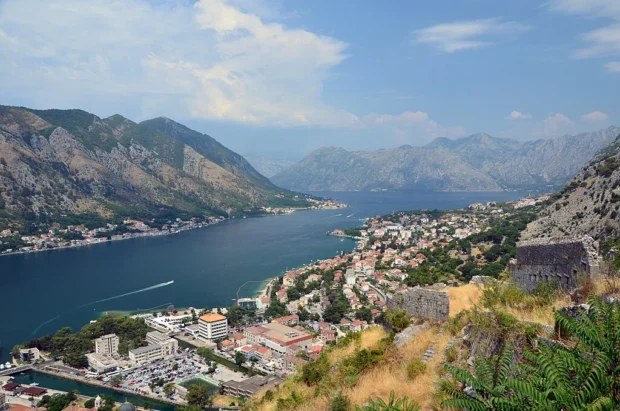
Where to Stay Near Kotor’s Ancient Walls
Staying inside the old town means living with history around you. Expect small guesthouses in stone buildings where creaky floors and wooden shutters tell their own tales. But if you prefer a quieter spot, villages just outside Kotor offer restful nights with mountain views. Whichever you choose, waking up to the sound of church bells or the sea is part of the Kotor charm.
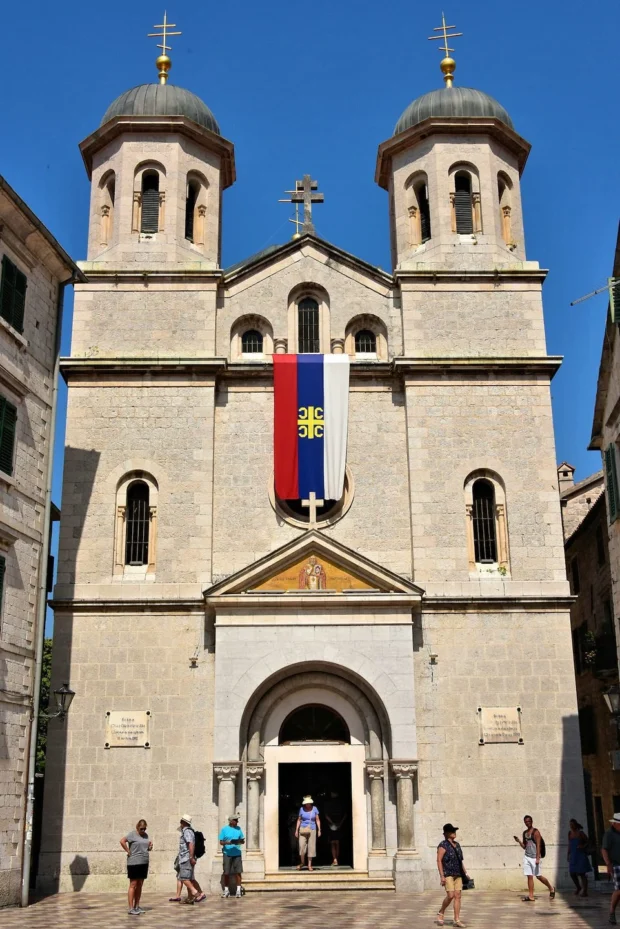
Anecdotes and Oddities of Kotor Life
Here’s a curious story locals tell: during the Venetian period, a cat was said to have saved Kotor from a plague. People believed that cats, roaming the walls and alleys, chased away the rats that carried disease. To this day, cats are loved in Kotor, and you will see many lounging in the sun or darting around markets.
Another surprise: the old city gates have names and stories. The South Gate, “The Gate of Sea,” welcomed sailors returning home. If walls could talk, they might whisper tales of pirates escaping by night or masked balls held in grand palaces hidden inside narrow alleys.
Kotor’s Flavors: Beyond the Usual Dishes
Besides the popular prosciutto and cheese, try “kacamak,” a creamy cornmeal dish mixed with cheese and potatoes. It’s comfort food served in cozy places near the bay. For sweets, “priganice” (fried dough balls) come with honey or jam-simple but satisfying.
The bay’s fish is fresh and treated simply-grilled or baked with herbs like rosemary and thyme. Eating near water makes the whole meal feel even better. Don’t forget to taste local wines; Montenegrin vineyards produce interesting reds and whites that few tourists know well.
Kotor, Montenegro, is a place where past and present meet effortlessly. Wandering its alleys, chatting with its people, tasting its food, and feeling the sea breeze gives a full picture of this little town’s soul. It’s not just a destination-it’s a feeling that stays with you long after you leave.
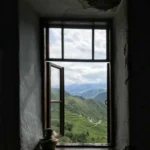
Eastern Europe travel specialist uncovering hidden gems from the Baltics to the Balkans.
- Bay of Kotor 3 by kallerna on Wikimedia Commons – cc by-sa 4.0
- Kotor old town 3 by Gzzz on Wikimedia Commons – cc by-sa 4.0
- Iglesia de Nuestra Señora de los Remedios, Kotor, Bahía de Kotor, Montenegro, 2014-04-19, DD 29 by Diego Delso on Wikimedia Commons – cc by-sa 3.0
- Forteresse de Kotor 2 by Gzzz on Wikimedia Commons – cc by-sa 4.0
- Cathedral of Saint Tryphon, Kotor, Montenegro, 2012 by Tumi-1983 on Wikimedia Commons – cc0
- Cattaro, museo marittimo, interno 12,2 by Sailko on Wikimedia Commons – cc by 3.0
- Nuestra Señora de las Rocas, Perast, Bahía de Kotor, Montenegro, 2014-04-19, DD 20 by Diego Delso on Wikimedia Commons – cc by-sa 3.0
- Monasterio de San Jorge, Perast, Bahía de Kotor, Montenegro, 2014-04-19, DD 21 by Diego Delso on Wikimedia Commons – cc by-sa 3.0
- Lovcen view Montenegro june 2021 (8) by Daniya.Mostovaya on Wikimedia Commons – cc by-sa 4.0
- Bay of Kotor 2015 by Gzzz on Wikimedia Commons – cc by-sa 4.0
- Church of St. Nicholas, Kotor, Montenegro (52632091089) by Larry Koester on Wikimedia Commons – cc by 2.0
